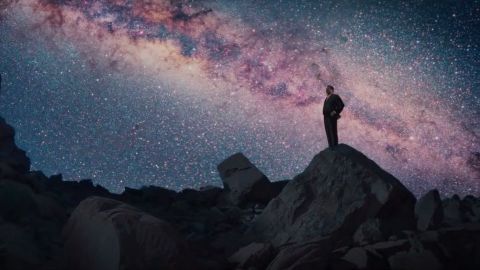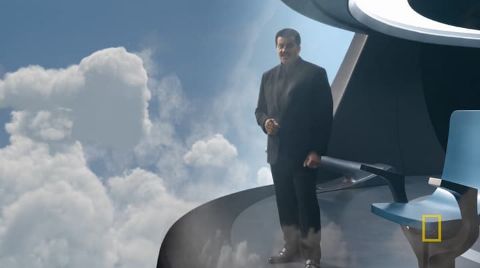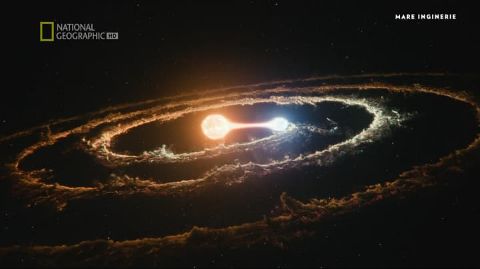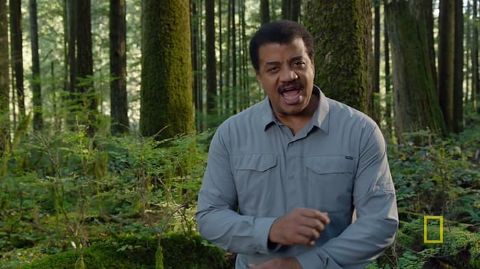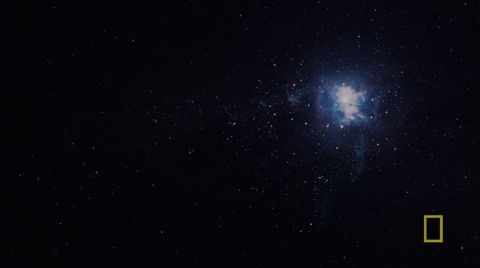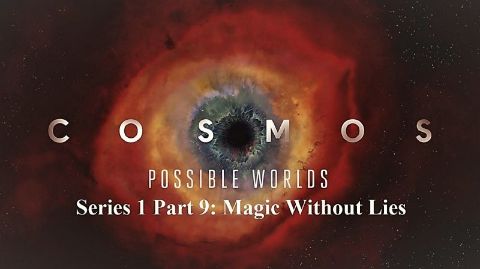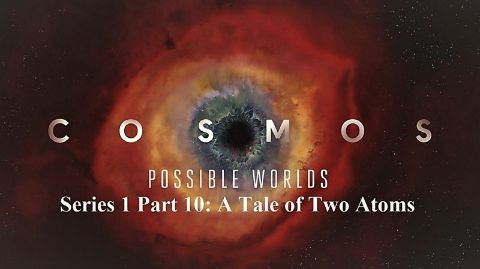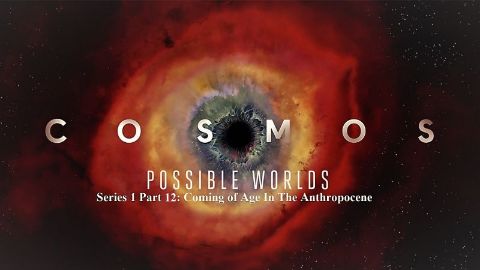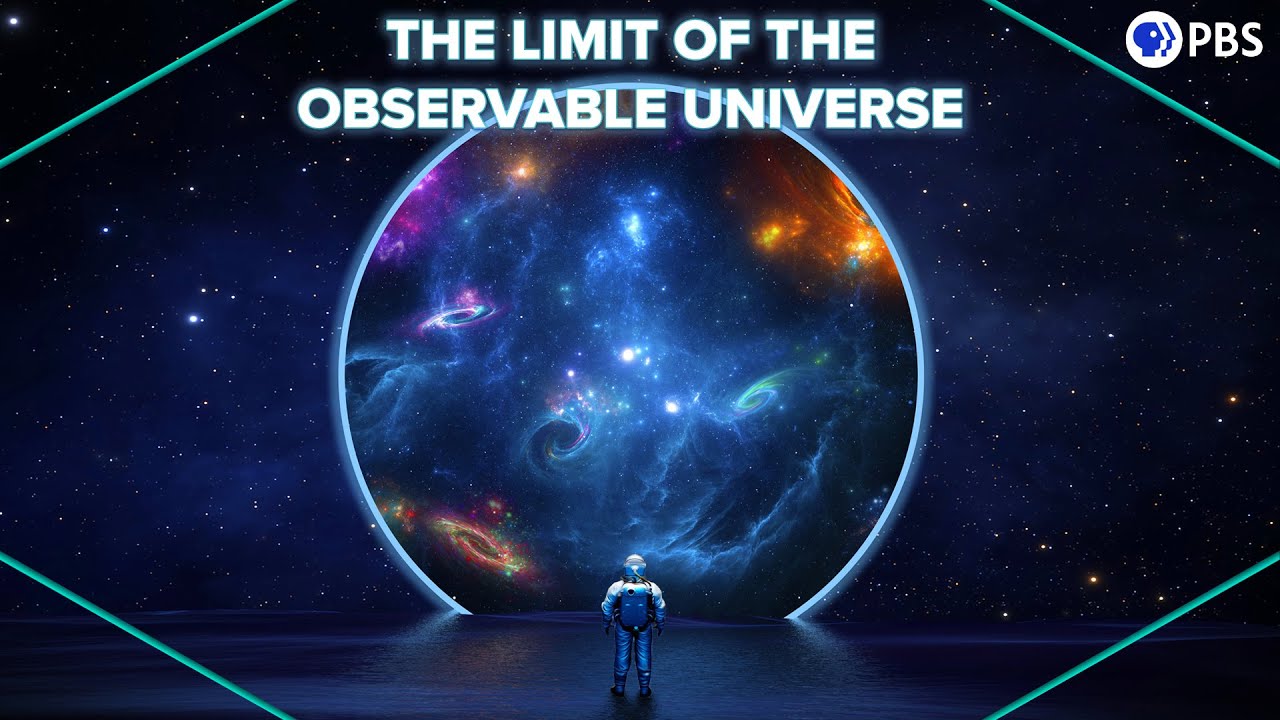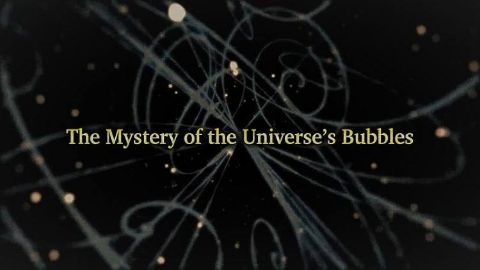Cosmos: Possible Worlds • 2020 • 13 episodes •
An adventure spanning billions of years into the evolution of life.
2020 • Astronomy
A long-term vision of humanity's future worlds is explored.
2020 • Astronomy
Explore the story behind the man who found the first clues to life's beginnings on Earth.
2020 • Astronomy
An abandoned orphan's dream opens the way to understanding the architecture of thought.
2020 • Astronomy
A young Carl Sagan realizes his childhood dreams, carrying his mentors' research forward.
2020 • Astronomy
A hidden underground network, a collaboration of four kingdoms of life, is revealed.
2020 • Astronomy
A scientist figures out how to go to the moon while fighting for his life in a war trench.
2020 • Astronomy
The man who stumbled on a hole in the reality of quantum mechanics and the still-unfolding technology that made it possible.
2020 • Astronomy
How a deadly embrace between science and state altered the fate of the world, and a gripping cautionary tale of mass casualty and unlikely survival.
2020 • Astronomy
From the birth of the devil in ancient Persia, where a beloved family dog becomes a seething beast, to a searing story of saintliness among macaque monkeys, join an exploration into the human potential for change. One of history's greatest monsters is transformed into one of its shining lights.
2020 • Astronomy
In what kind of world can a child born in 2020 expect to grow up? When did our slide into planetwide environmental destruction begin? Enter the possible world that awaits a 2020 baby in her twenties: one darkened by our refusal to confront the real and mounting challenges we face but one which still offers a message of hope.
2020 • Astronomy
A visit to the 2039 New York World's Fair, where intractable problems may have been solved.
2020 • Astronomy
